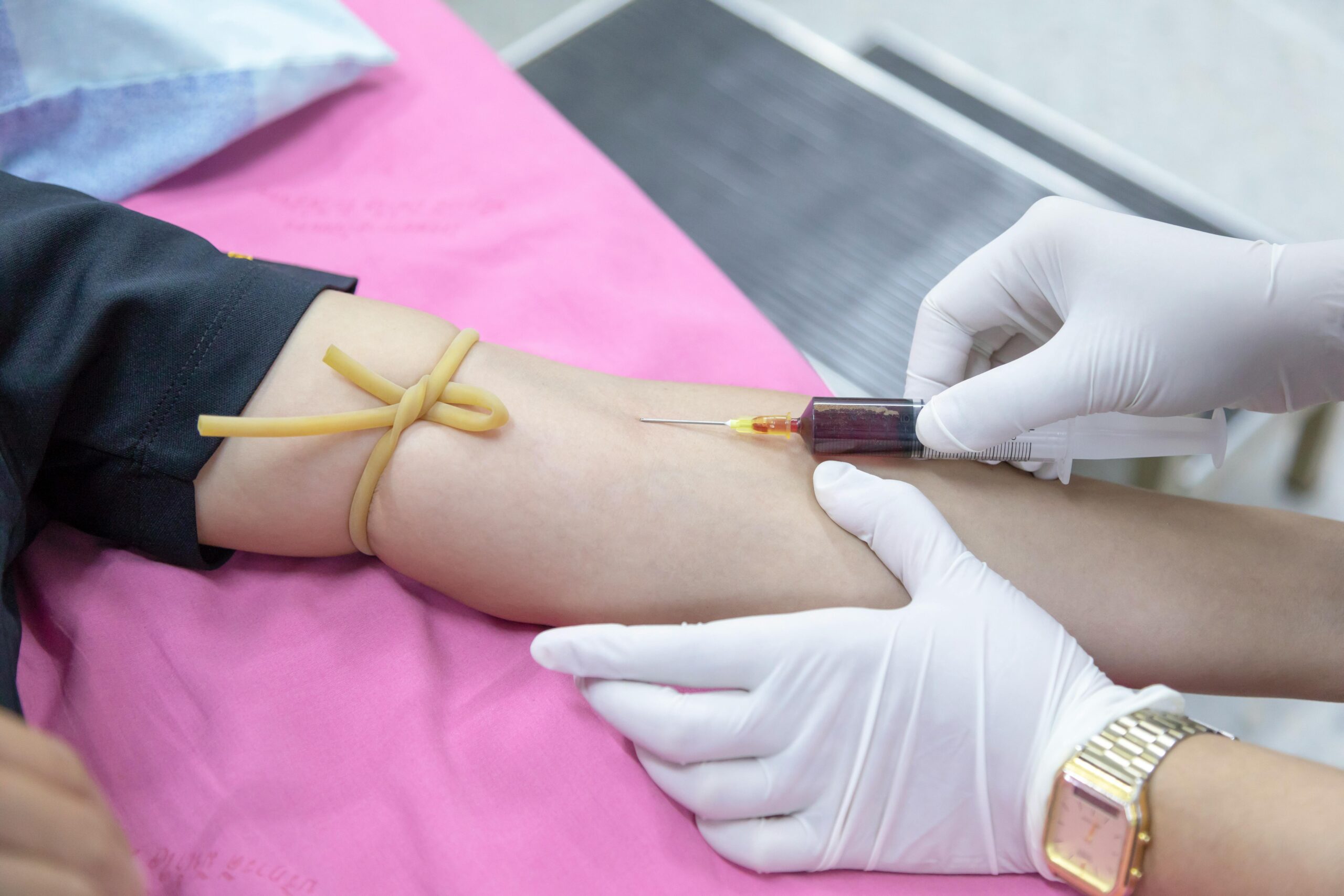Zenless Zone Zero Character Guide (July 2025)


O positive is the most common blood type in the world, but it’s anything but ordinary. From its lifesaving abilities in emergency rooms to its unique genetic makeup, O positive blood holds secrets and strengths that many don’t realize. Whether you’re a student, a health enthusiast, or just a curious human, these facts will give you a deeper appreciation for the incredible world of blood science.
Let’s dive into 50 fascinating facts about O positive blood!
O positive is the most widespread blood type globally, making it essential for transfusion services everywhere.
Approximately 37–39% of the U.S. population has O positive blood, making it the most common type in North America.
O positive red blood cells can be safely given to anyone with a positive Rh factor: A+, B+, AB+, and O+.
O positive blood lacks A and B antigens but carries the Rh (D) antigen, defining it as O+.
O+ individuals can only receive blood from O+ or O− donors, narrowing their transfusion options.
Because it’s so common, O positive blood is always in high demand at blood banks and hospitals.
In emergencies, especially when a patient’s blood type is unknown, O positive is a go-to option if the patient is Rh-positive.
Only O negative is a true universal donor. O positive cannot be given to Rh-negative recipients.
O positive is highly prevalent across many ethnic groups, particularly in Latin America and parts of Asia.
Due to its compatibility with most of the population, hospitals often prioritize stocking O positive for quick-response needs.
Blood type is inherited from both biological parents. You get one ABO gene from each parent.
To have type O blood, you must inherit two O alleles—one from each parent.
Two O+ parents can have children with O+ or O− blood, depending on their Rh genes.
The Rh factor is a protein on red blood cells. If you have it, you’re positive. If not, you’re negative.
Even if someone is O+, they can carry and pass on the recessive Rh− gene to offspring.
Because most people are Rh-positive, O+ blood can be used in transfusions for about 85% of the population.
In Japanese pop culture, blood types are linked to personality traits, but science doesn’t back this up.
O+ blood is safe for transfusion in Rh+ pregnant women, though Rh− mothers require special care.
Studies suggest type O blood may have a slightly lower risk for heart disease and blood clots.
O blood lacks both A and B antigens, which is why it can be accepted by many other types—if Rh matches.
Although AB+ individuals are universal recipients for red cells, they should avoid O+ plasma due to antibodies.
Some studies suggested people with O blood may have slightly lower risk of severe COVID-19, but results are mixed.
O positive is heavily stocked in field hospitals and military zones due to its broad compatibility.
O+ individuals can’t donate plasma to everyone because their plasma contains antibodies against A and B.
If a Rh− mother carries a Rh+ fetus (e.g., O+), she may require treatment to prevent complications.
O+ is most common among Hispanic and African populations and less common among Asians.
O+ individuals are more likely to find compatible organ donors within the same group.
There’s no evidence that O+ blood affects a person’s ability to conceive or maintain pregnancy.
An Rh− mother with an O+ baby could become sensitized, requiring treatment like RhoGAM.
In urgent care, O+ is often used when time doesn’t permit cross-matching and the patient is likely Rh+.
Since it helps the most people, O+ donors are always in high demand during community blood drives.
O+ individuals are eligible to donate platelets, which are critical for cancer and trauma patients.
O+ red blood cells can be stored for up to 42 days, making constant donations necessary.
O+ donors can safely give red blood cells every 56 days, as recommended by health guidelines.
O+ blood has a strong track record of success in Rh+ transfusion recipients, with minimal reactions.
O+ blood is often used in emergency pediatric cases involving Rh+ children.
Like all blood types, O+ donations are rigorously screened for infectious diseases before being used.
O+ individuals naturally have anti-A and anti-B antibodies, which affect what plasma they can give.
Even though it’s type O, O+ blood can’t be given to Rh− recipients due to incompatibility.
Organizations like the Red Cross frequently call for O+ donors during shortages or disaster relief efforts.
O+ blood is prioritized in disaster zones where matching is difficult, and fast response is critical.
Emergency departments often use O+ when a trauma patient’s blood type is unknown but Rh+ is suspected.
A single O+ blood donation can be separated into red cells, plasma, and platelets—helping multiple patients.
In the U.S., someone needs blood every 2 seconds—and O+ blood often fills the need.
Your blood type, including O+, is encoded in your DNA and stays the same for life.
O+ blood is crucial for cancer patients undergoing chemotherapy and radiation, who often need transfusions.
Some studies suggest O blood types may be slightly less likely to develop dangerous blood clots.
Blood type is used in genetic genealogy and forensic investigations to help identify individuals.
During mass casualty events, O+ blood is quickly mobilized to save lives when compatibility testing isn’t feasible.
O+ donors are ideal for “Power Red” donations, giving double the red cells in one session to maximize impact.
O positive blood is more than just a common type,it’s a powerful force for saving lives. From emergency rooms to disaster zones, this blood type is essential for keeping hospitals stocked and patients alive.
If you’re O+, consider donating—it’s one of the easiest ways to make a big difference in someone’s life.